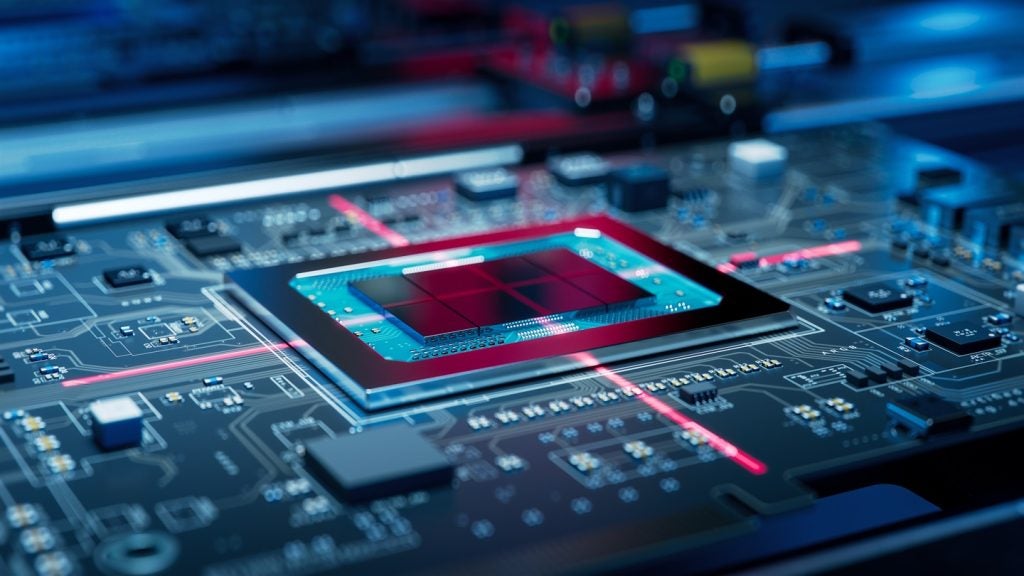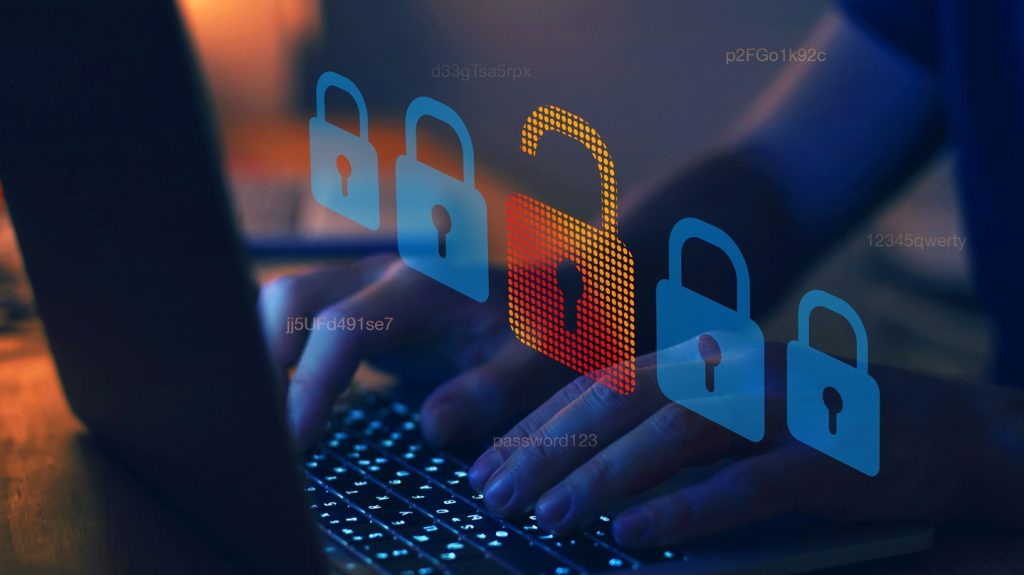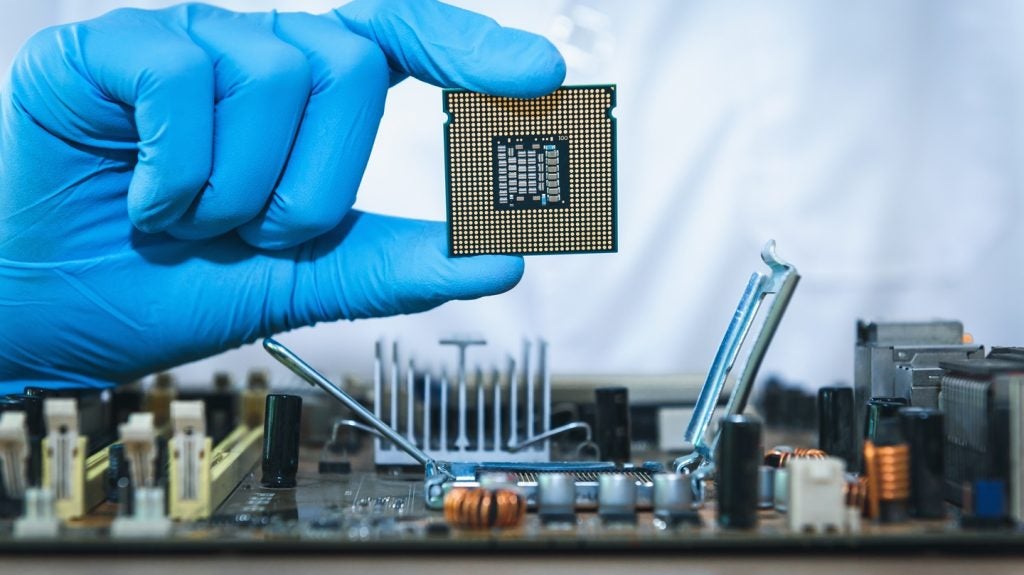Nutanix has filed a patent for a unified namespace technique that allows coherent access to unstructured data across different data access protocols. The technique involves a control plane infrastructure that supports various storage platforms, including file servers and object storage servers. Metadata associated with data access transactions is processed separately by a protocol stack and stored in a metadata store, making it available to other storage services. The patent also claims a computer-readable medium with program instructions for executing the technique. GlobalData’s report on Nutanix gives a 360-degree view of the company including its patenting strategy. Buy the report here.
According to GlobalData’s company profile on Nutanix, Network virtualization was a key innovation area identified from patents. Nutanix's grant share as of September 2023 was 63%. Grant share is based on the ratio of number of grants to total number of patents.
Unified namespace technique for coherent access to unstructured data
A recently filed patent (Publication Number: US20230315338A1) describes a computer-readable medium with program instructions for a storage system. The program instructions are designed to process metadata changes related to data access requests for a logical construct. These metadata changes are processed according to the semantics of a specific data access protocol and stored at the first storage service. The patent also includes instructions to coalesce the metadata changes and transfer them over a message bus to a second storage service. The coalesced metadata changes are then translated according to the semantics of a different data access protocol used by the second storage service. This ensures that access to the data of the logical construct is equivalent to accessing it through the source protocol stack.
The patent also mentions that the translated coalesced metadata changes can be stored at the second storage service without replicating the data. Additionally, the coalesced metadata changes can pertain to data access request changes that occur based on a heuristically determined period of time, which is based on access patterns. The program instructions are further configured to store the data associated with the logical construct within a container of a data store that is common to both the first and second storage services. This data store can be a file system or an object store.
The message bus mentioned in the patent is organized as an event notification logging system that supports recovery and replay in case of a failure. The coalesced metadata changes are logged at the message bus and can be re-played in the event of a crash. To avoid inconsistency from re-applying non-idempotent events, the events are universally and sequentially identified. The program instructions for notifying the target protocol stack of the coalesced metadata changes can be driven by the source protocol stack as a push or a post of the event to the message bus. Alternatively, the target protocol stack can pull the event from the message bus upon notification.
The first data access protocol mentioned in the patent can be either a NAS (Network Attached Storage) or S3 (Simple Storage Service) protocol, while the second data access protocol is the remaining one of the two. Overall, this patent describes a method and apparatus for efficiently processing metadata changes and ensuring semantic equivalence in data access across different storage services and protocols.
To know more about GlobalData’s detailed insights on Nutanix, buy the report here.
Data Insights
From

The gold standard of business intelligence.
Blending expert knowledge with cutting-edge technology, GlobalData’s unrivalled proprietary data will enable you to decode what’s happening in your market. You can make better informed decisions and gain a future-proof advantage over your competitors.







